The Danube River is perhaps one of the most important rivers in the world in terms of regional impact. The Amazon River provides health to the Amazon rainforest, which impacts the world. The Nile River provides opportunity to several African countries and has been a historical mammoth. The Danube, the second-longest river in the world, crosses through 10 countries and affects nine others, majorly impacting the economies of nearly a dozen countries positively. Besides its economic impact, there are many unique facts that the river offers.
Let’s take a look at 10 incredible facts about the Danube River and learn about how amazing this body of water is.
1. Second-Longest River in Europe
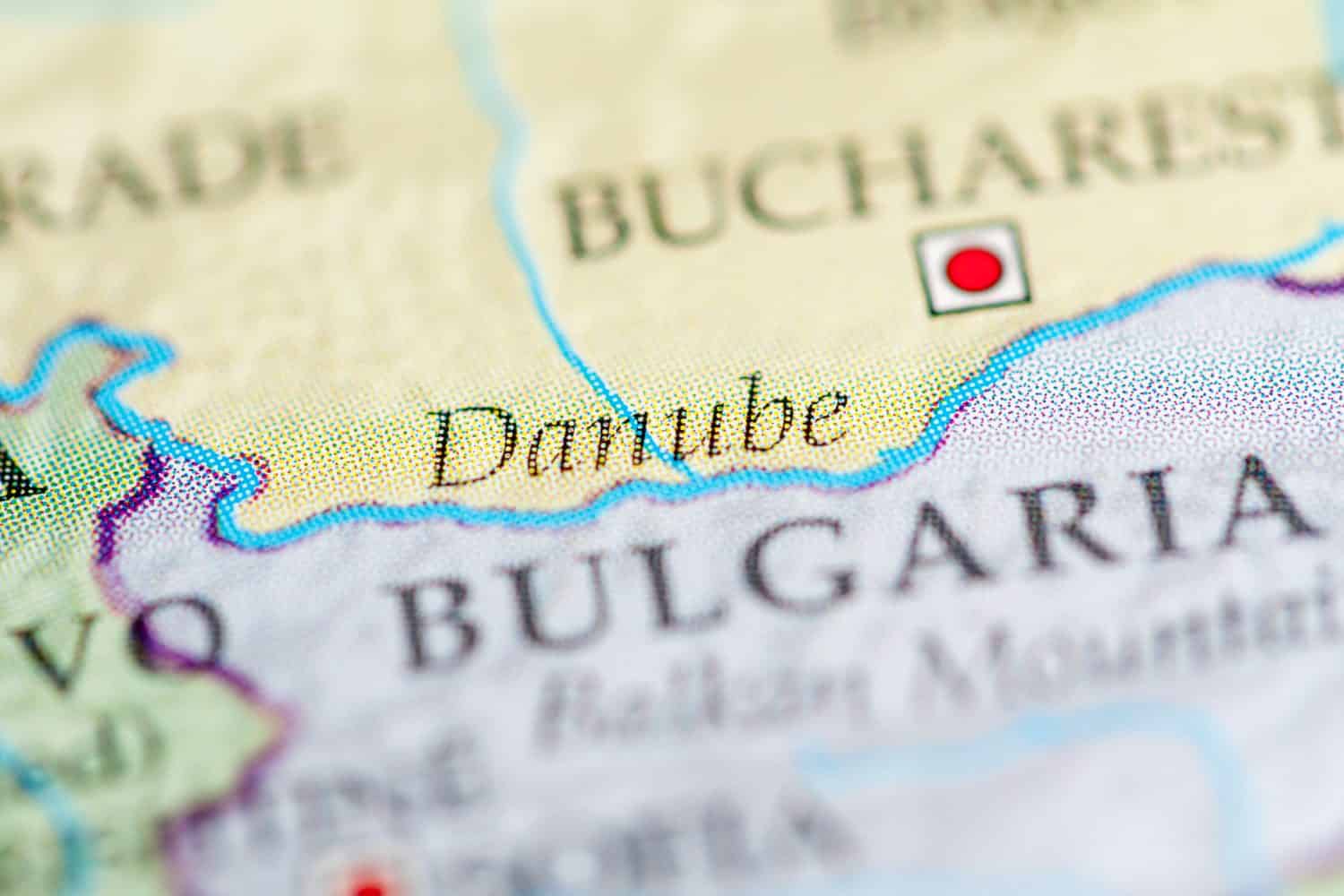
The Danube River passes through for countries’ capitals: Vienna, Austria; Belgrade, Serbia; Budapest, Hungary; and Bratislava, Slovakia.
©SevenMaps/Shutterstock.com
The Danube River is the second-longest river in Europe at 1,770 miles long. The river originates in the Black Forest of Germany and its terminus is in the Black Sea at the Danube Delta in Romania. The Danube passes through ten countries — Germany, Austria, Slovakia, Hungary, Serbia, Bulgaria, Moldova, Croatia, Ukraine, and Romania. However, its drainage basin of 309,447 square miles also affects nine other countries in the region.
2. Biodiversity Hotspot
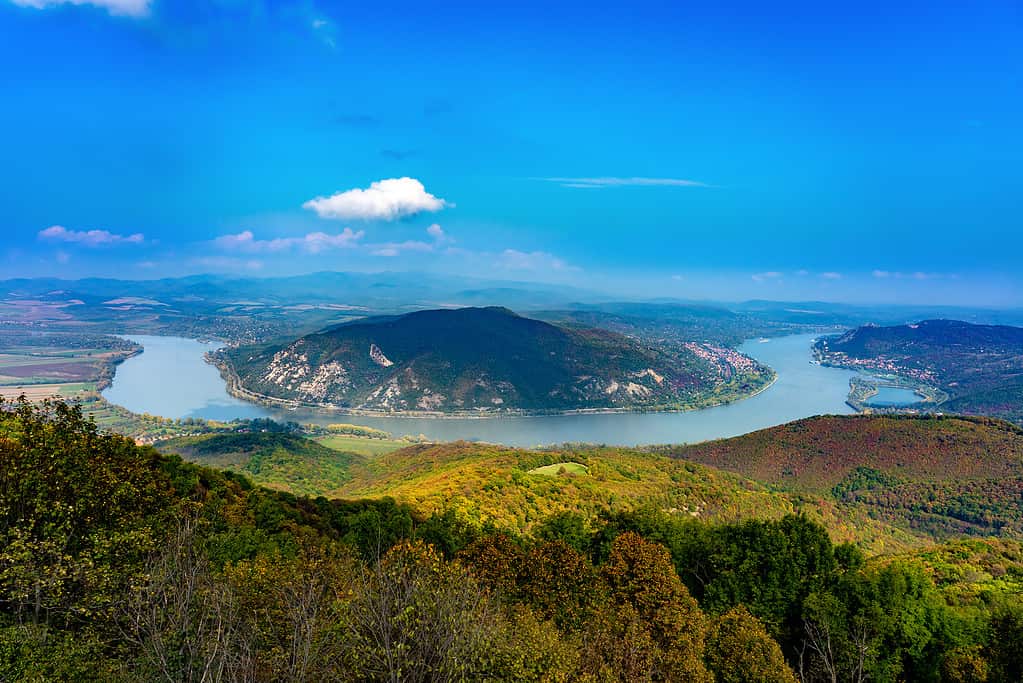
The river houses more than 20 islands.
©I love takeing photos and i think that is a really great opportunity for me to share them/iStock via Getty Images
The river is home to hundreds of species of animals. Starting at the Danube Delta, there are over 300 species of birds that use the delta’s waters for food and nesting, including the Dalmatian pelican. The river is also home to many species of fish, including the Wels catfish, the pike, the zander, and the burbot. There are also several species of carp and sturgeon (which are used in the Black Sea for caviar). Besides fish, there are also seabass and eels in the Delta area. There are also more than 2,000 plants that make their home in the river.
3. The Danube Delta
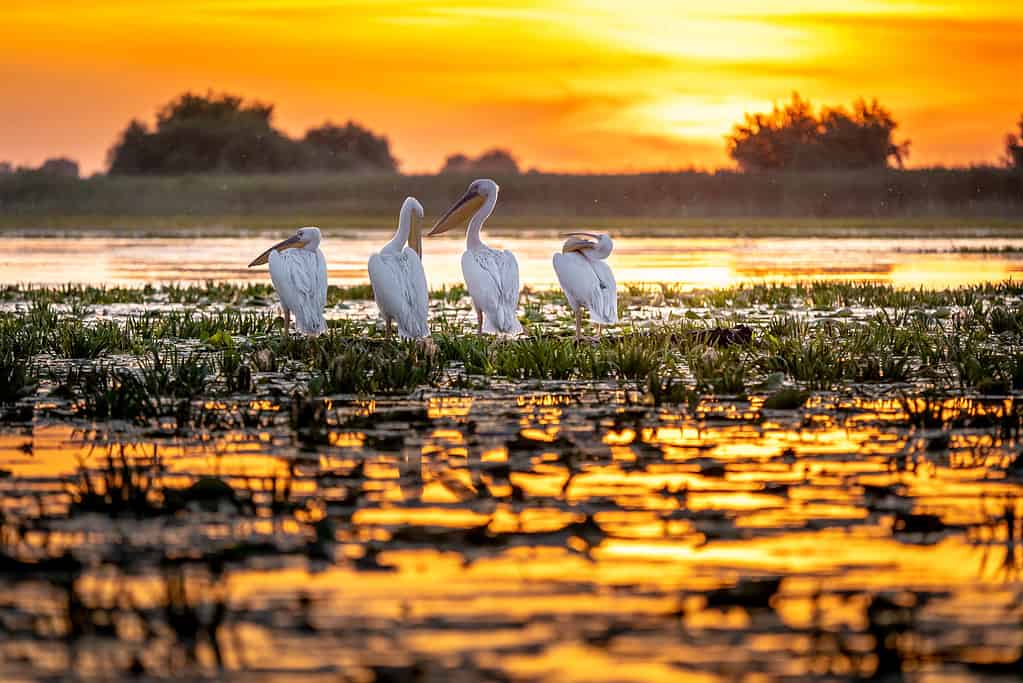
Besides being a UNESCO World Heritage Site, it is also a Ramsar Site which means that the Danube Delta is protected under international treaty.
©Calin Stan/iStock via Getty Images
The Danube Delta is the largest river delta in the European Union. The larger part of the delta is in Romania and the northern section of it is in Ukraine. The delta’s total area is about 1,994 square miles. The delta’s bodies of water like its marshes and lakes are home to 45 freshwater fish species. It is considered to be the best-preserved delta in Europe and was named a UNESCO World Heritage Site in 1991.
4. The Iron Gates
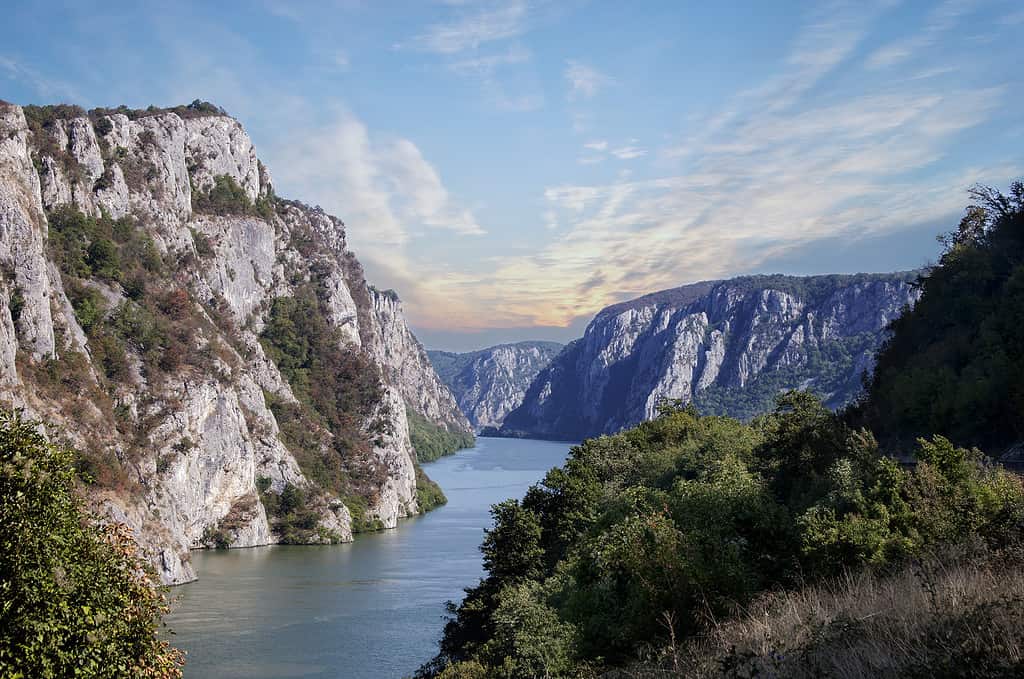
The width of the Danube River decreases to 490 feet at the Iron Gates.
©nikola19/iStock via Getty Images
The Danube River is long and winds through 10 countries, but when it reaches Serbia and Romania, it narrows and flows through a gorge. The gorge is called the Iron Gates (or Iron Gate). The cliffs are made of limestone and there are waterfalls and forests surrounding the area. River cruises are popular in this area because of the beautiful landscape it provides visitors. The Iron Gates is also the site of an archeological find called Lepenski Vir. The site houses the remains of the oldest settlement in Europe from about 6500-5500 B.C.
5. Artists’ Canvas
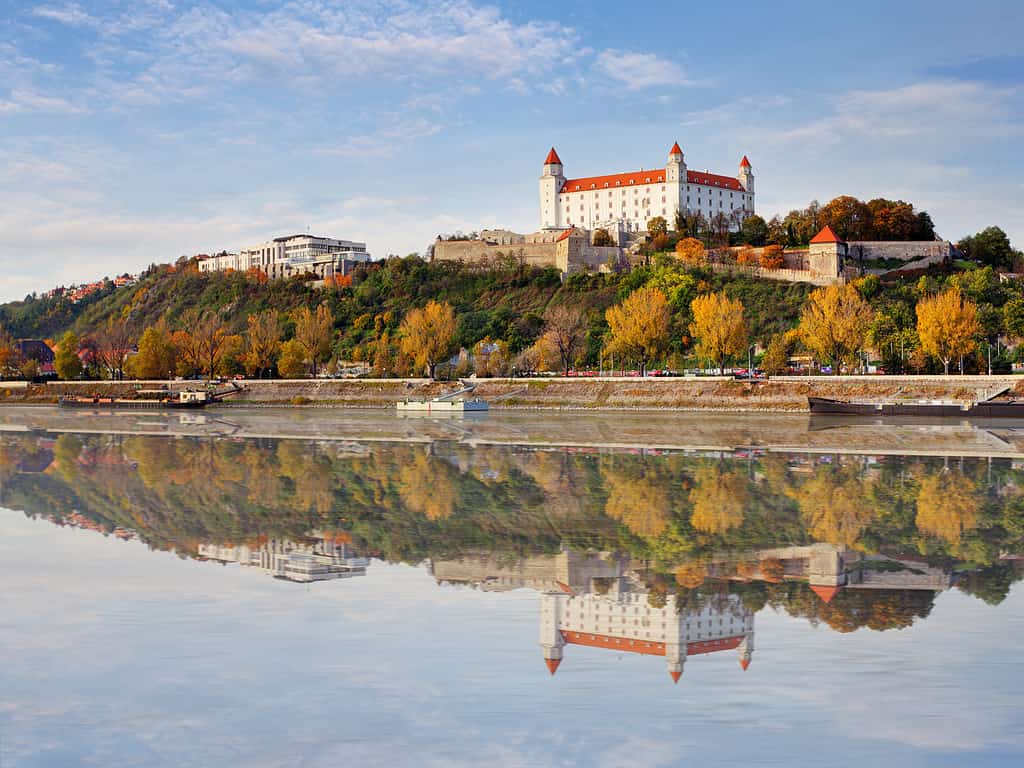
Budapest is often called the “Pearl of the Danube” because of its immense beauty.
©TomasSereda/iStock via Getty Images
The Danube River has long been the inspiration of artists. Many have painted the Danube in all its glory. There have been novels about the Danube or set in the surrounding areas of the river. But probably the most famous artistic composition about the river is the waltz by Johan Strauss II called “The Blue Danube.” If you decide to take a river cruise, make sure you listen to the song. Look at the river’s beauty and its gorgeous surroundings and hopefully, it can evoke the same sentiment that Strauss felt when composing the song.
6. Warship Graveyard
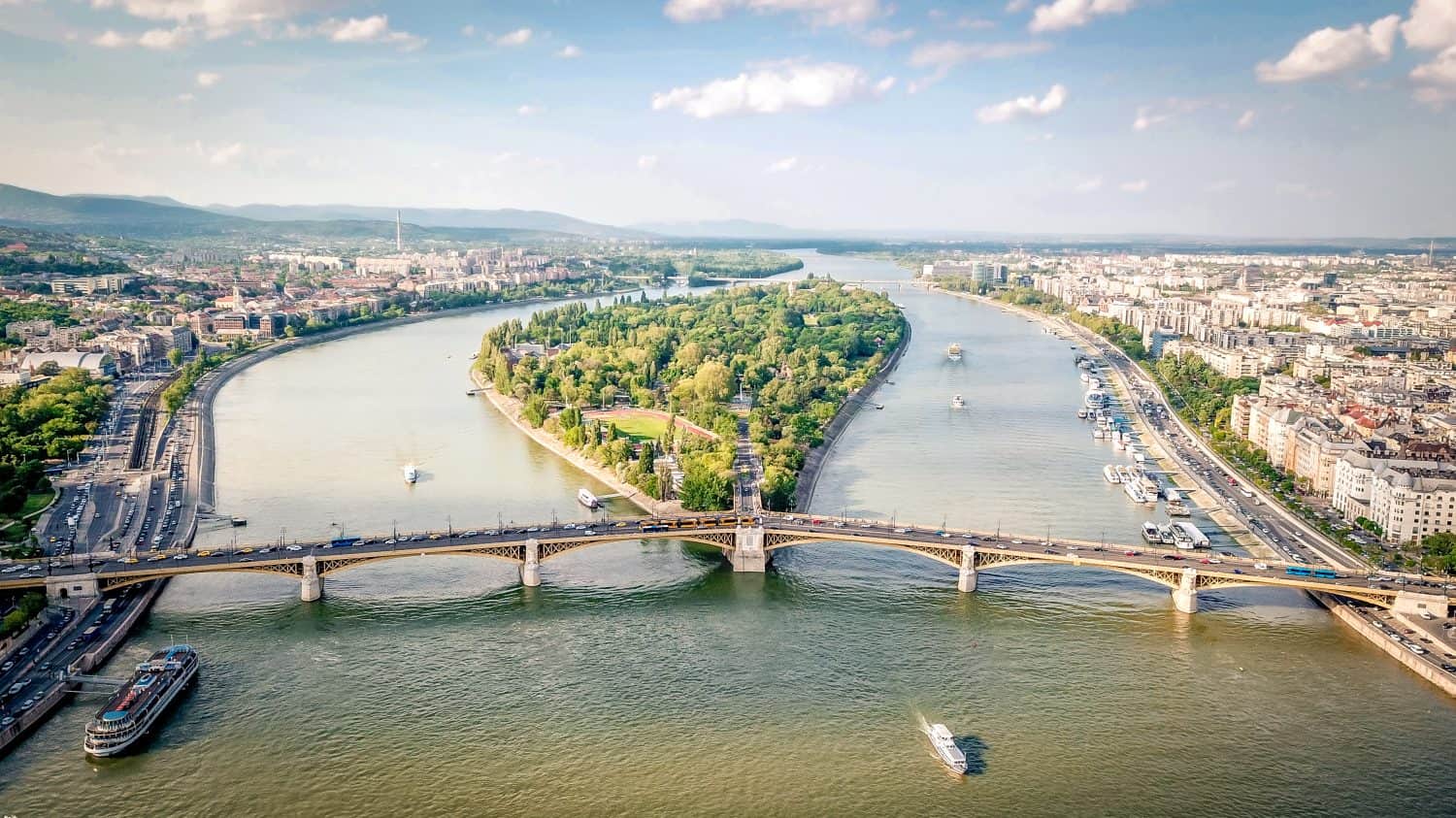
Besides warships, human remains were discovered in the Danube River while renovations were done on the Margaret Bridge in Budapest.
©Alexey Oblov/Shutterstock.com
During World War II, the Nazis knew defeat was coming. So in 1944, they sunk their own ships on the Danube River to avoid having them captured by the Soviet Union. There are hundreds of German ships in the depths of the river. Some of them can be seen on the river’s banks when the water levels decrease.
7. Historically Important
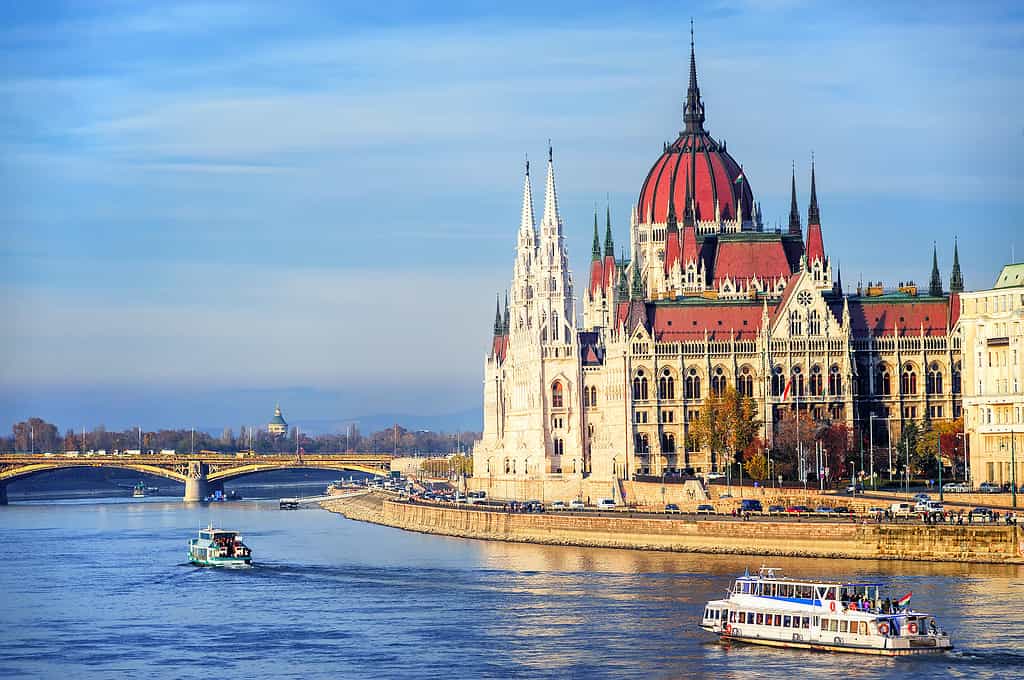
The oldest bridge constructed across the Danube was built around 103 C.E. in the area of present-day Serbia and Romania.
©Xantana/iStock via Getty Images
The Danube River is historically important. Throughout European history, the river has been a pivotal trading route between countries. It has also served as a way to transport weapons, goods and services, and other materials. There are also major military buildings such as fortresses and various points of historical interest all along the river. In fact, Napoleon Bonaparte was so impressed by the Danube River, that he called it the “Queen of Europe’s rivers.” Today, you can still visit many of these medieval towns that contain rich history and cultural heritage.
8. Economic Significance
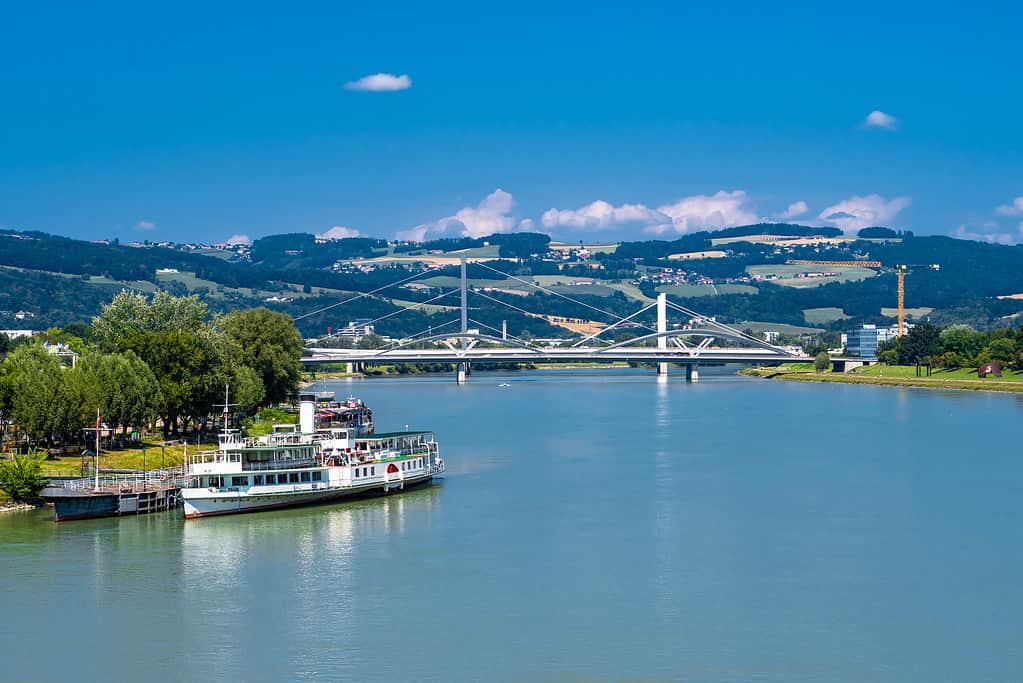
From 2010 to 2012, there were increased reports of piracy from Ukrainian ships along the
Romanian and Serbian parts of the river.
©grafxart8888/iStock via Getty Images
The Danube River is extremely important for the economies of the surrounding nations. It has provided the countries with an important transport route to and from the Black Sea. The various canals that split from the Danube River also provide significant routes for other countries, as well. Today, there are also tourist cruises that run along the Danube.
The river has also been significant for the fishing industry since the Middle Ages. Most of the fishing is now concentrated mainly near the Danube Delta. One of the endemic species along the Danube near the Black Sea is the sturgeon, which is used for caviar.
9. Source of Drinking Water
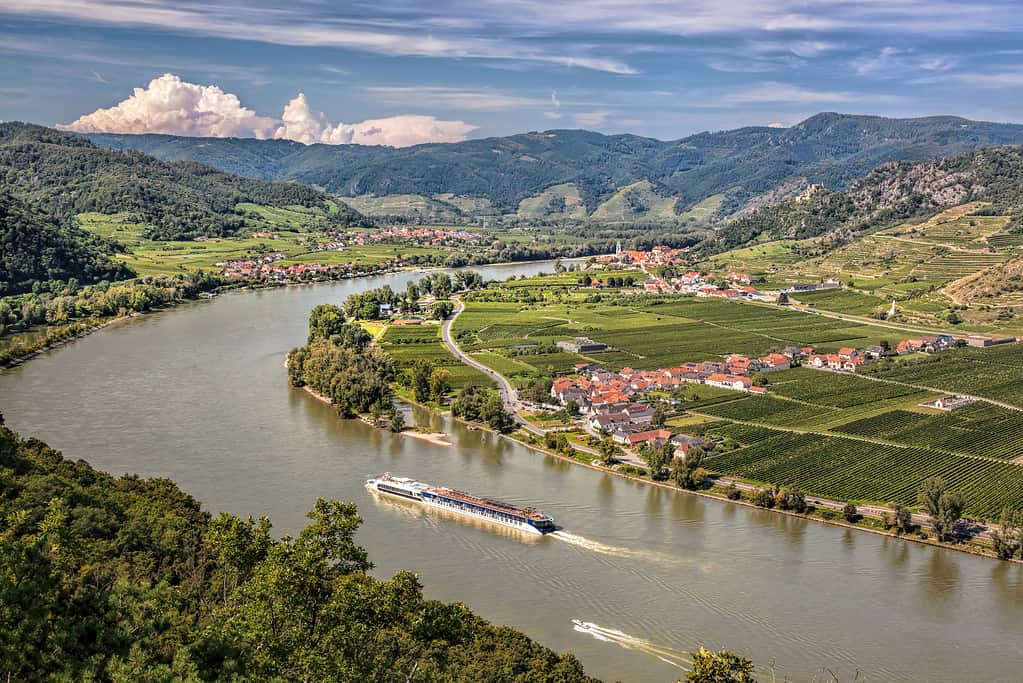
The Danube River provides drinking water for millions of people across various countries.
©extravagantni/iStock via Getty Images
Perhaps the most important thing the Danube River offers is the ability for people to drink its water. To date, the Danube provides drinking water to around 20 million people. In some places in Germany, about 30% of the water comes from the river and Romania gets most of its water supply from the Danube. However, most of the countries where the river passes do not use the water. The reason behind this is that the pollution creates the need to extensively clean it.
10. Recreation Galore
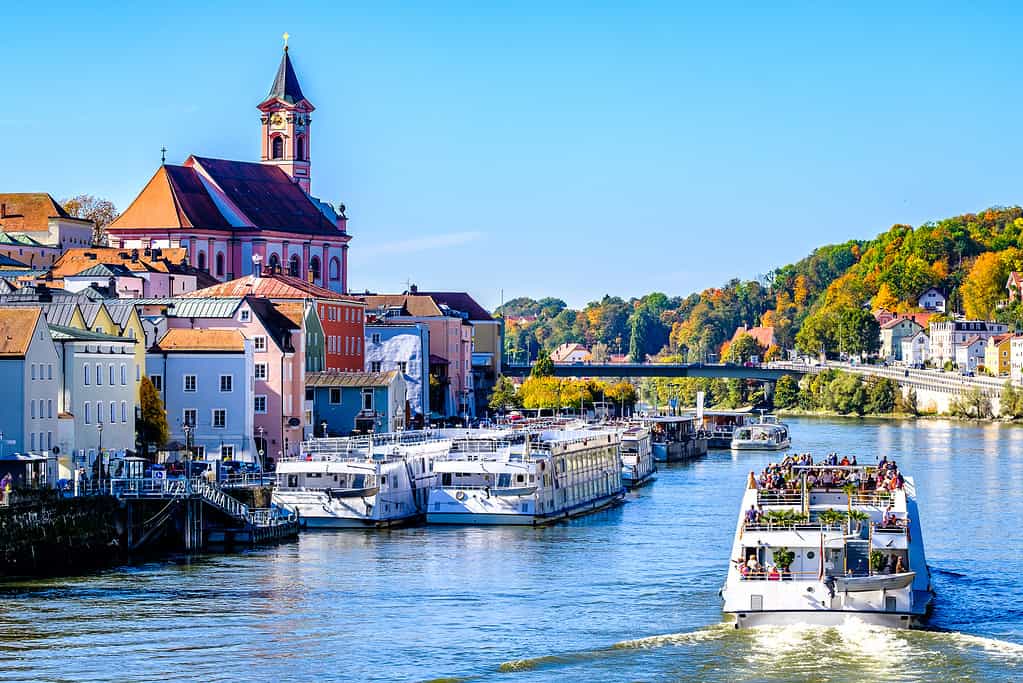
Another tourist route you can take on the Danube is the “Route of Emperors and Kings” from Regensburg, Germany to Budapest. The route along the river was frequently used by royalty and nobles.
©FooTToo/iStock via Getty Images
Most countries rely on the Danube River for tourism dollars. There are many parks that people can use for recreation purposes, including using it for travel cruises, nature hikes, or other activities. Millions of people visit the river for tourism purposes every year. The other recreation bit about the Danube is that local governments along the river have created the “Danube Bike Trail.” The bicycle trail is one of the most popular trails in Europe and there are four sections that biking enthusiasts can go on. Besides biking, there is also the Sultans hiking trail from Vienna to Smederevo in Serbia that runs along the river.
Conclusion
And there you have it, these are the 10 incredible facts about the Danube River. This river is and has always been one of the most important in the world. The European Union currently relies heavily on the Danube for transportation purposes, but also economic opportunities. The Danube River is a biodiverse hotspot with many endemic species. But it is also an important source that provides millions of humans in the region with drinking water, food, and fun activities. Unfortunately, the pollution the river has endured is increasing and that is threatening the natural habits that make the river home. The European Union is taking action and slowly improving the waterway’s health.
If you happen to visit Europe and the areas surrounding the Danube, go ahead and take pictures when you’re in Vienna and Budapest. But remember its history and the importance this river has provided people.
The photo featured at the top of this post is © Yasonya/Shutterstock.com
Thank you for reading! Have some feedback for us? Contact the AZ Animals editorial team.






